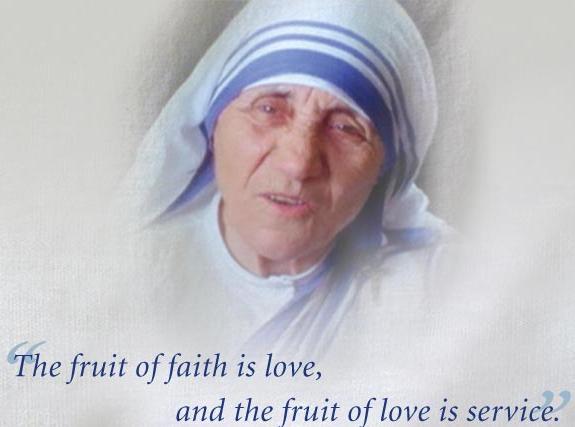 Mother Teresa (1910-1997)
Mother Teresa (1910-1997)
Image Courtesy: –A Celebration of Women
(Franciscan Media) Mother Teresa of Calcutta, the tiny Woman recognized throughout the world for her work among the poorest of the poor, was Beatified the 19 October, 2003 on World Mission Sunday by Pope Saint John Paul II who said in his Homily:
“With the witness of her life, Mother Teresa reminds everyone that the evangelizing mission of the Church passes through charity, nourished by prayer and listening to God’s word. Emblematic of the missionary style is the image that shows the new Blessed, clasping a child’s hand in one hand, while moving her Rosary beads with the other.
Contemplation and action, evangelization and human promotion, Mother Teresa proclaimed the Gospel living her life as a ‘total gift to the poor’ but at the same time, steeped in prayer.”
Mother Teresa’s birth name Agnes Gonxa Bojaxhiu in Macedonia Skopje and was the youngest of three children. As a youth, ‘Agnes’ attended a group meeting called ‘Sodality’ run by a Jesuit Priest at her Parish, Agnes’ involvement opened her to the call of service as a Missionary Nun.
Agnes would join the ‘Sisters of Loretto’ at the age of 17 and was sent to Calcutta where she would teach at a high school. — Later contracting TB, Agnes was sent to rest in West Bengal Darjeeling, it was on the train to Darjeeling that Agnes received her calling–what she would call “an Order” from God to leave the Convent to work and live among the poor.
At this point in her life, Sister Teresa didn’t know that she was to found an Order of Nuns or even exactly where she was to serve. “I knew where I belonged but I did not know how to get there,” Mother Teresa said once, recalling the moment on the train.
Confirmation of the calling came to Sister Teresa when the Vatican granted her permission to leave the ‘Sisters of Loretto’ and fulfill her calling under the Archbishop of Calcutta — Sister Teresa started working in the slums, teaching poor children and caring for the sick in their homes, she was joined a year later by some of her former students and together they would take in Women, Men and Children who were dying in the gutters along the streets, caring for them.
In 1948 the Missionaries of Charity Sisters was founded ‘to be a channel of God’s love to Calcutta’s poorest of the poor, convinced that they were a presence of the suffering Jesus,” who has said:
“I was hungry…I was thirsty…I was a stranger…I was naked…I was sick…I was in prison and you came to me.” Matthew 25:35-36
Sister Teresa’s Missionary Order grew very quickly from a single house for the dying and unwanted to nearly 500 around the world. Later, Mother Teresa would establish homes for AIDS patients, for Prostitutes to Battered Women and Orphanages for children.
Mother Teresa would often say ‘the poorest of the poor were those who had no one to care for them and no one who would know them,’ often times remarked with sadness and desolation of millions of souls in the developed world, whose spiritual poverty and loneliness was such an immense cause of suffering.
A fierce defender of the unborn, Mother Teresa said: “If you hear of some Woman who does not want to keep her child and wants to have an abortion, try to persuade her to bring him to me. I will love that child, seeing in him the sign of God’s love.”
Mother Teresa passed away on this date in 1997 and Beatified just six years after her death.
Remembered fondly by many worldwide, Mother Teresa one time reminded us, which is still true to this day:
- “A sacrifice to be real must cost, must hurt, must empty ourselves. The fruit of silence is prayer, the fruit of prayer is faith, the fruit of faith is love, the fruit of love is service, the fruit of service is peace.”
- “Give yourself fully to God, He will use you to accomplish great things on the condition that you believe much more in His love than in your weakness.”
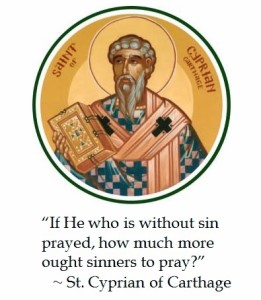
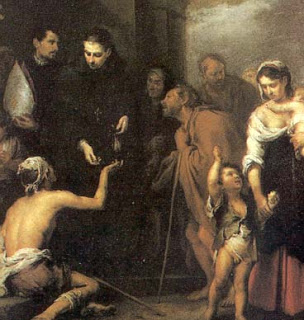 St. Thomas of Villanova (1488-1555) Image Courtesy: Catholic Fire
St. Thomas of Villanova (1488-1555) Image Courtesy: Catholic Fire 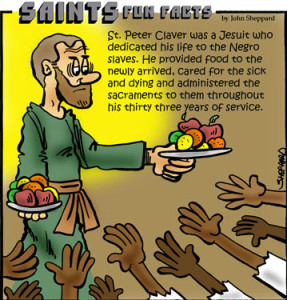
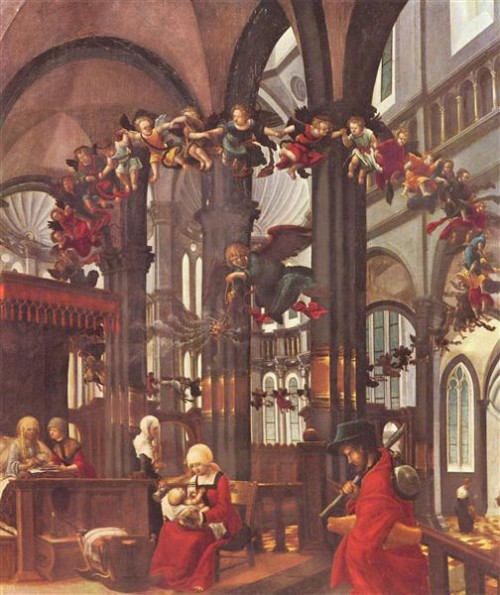 Nativity of the Blessed Virgin Mary
Nativity of the Blessed Virgin Mary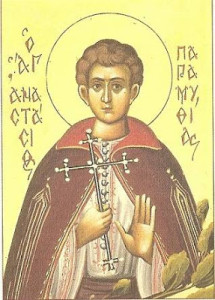
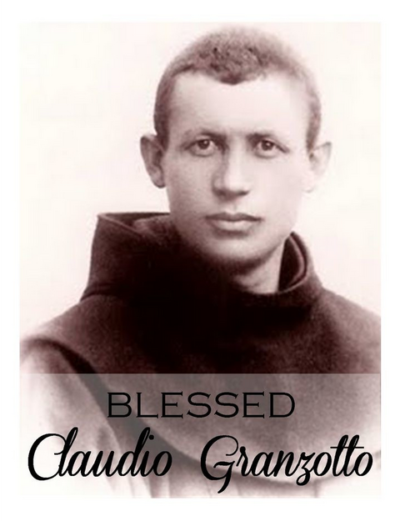 Blessed Claudio Granzotto -Image: Pinterest
Blessed Claudio Granzotto -Image: Pinterest  Mother Teresa (1910-1997)
Mother Teresa (1910-1997)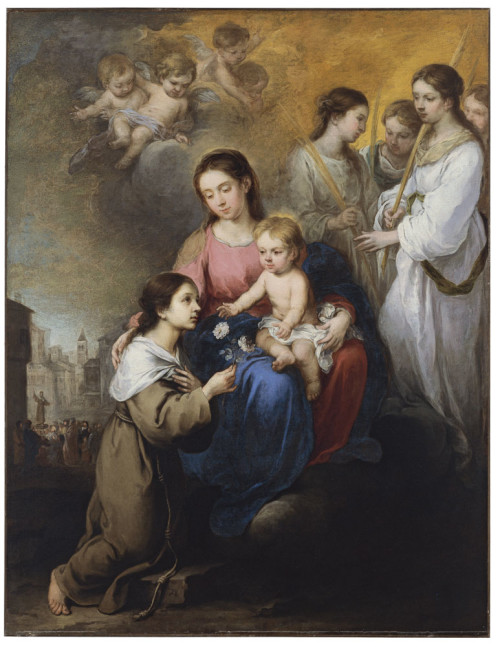 Painting: ‘The Virgin and Child with Saint Rose of Viterbo’
Painting: ‘The Virgin and Child with Saint Rose of Viterbo’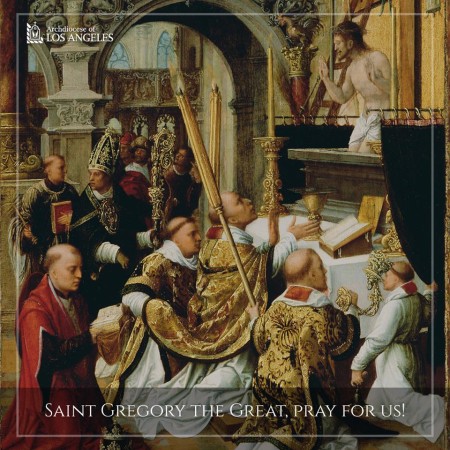 Pope Saint Gregory the Great (540-604)
Pope Saint Gregory the Great (540-604)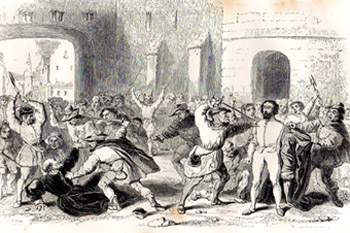 French Martyrs for Christ of the September Massacres
French Martyrs for Christ of the September Massacres